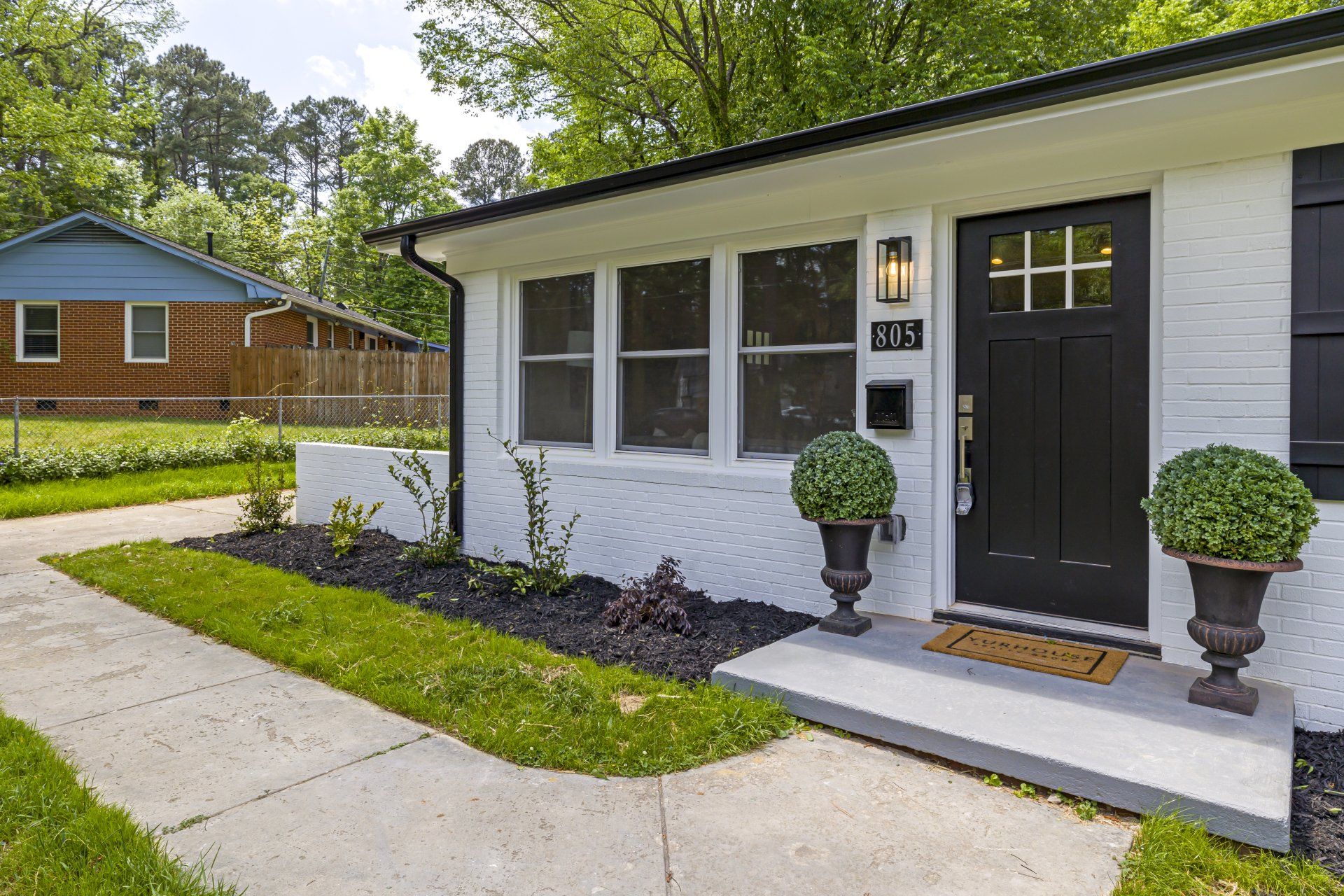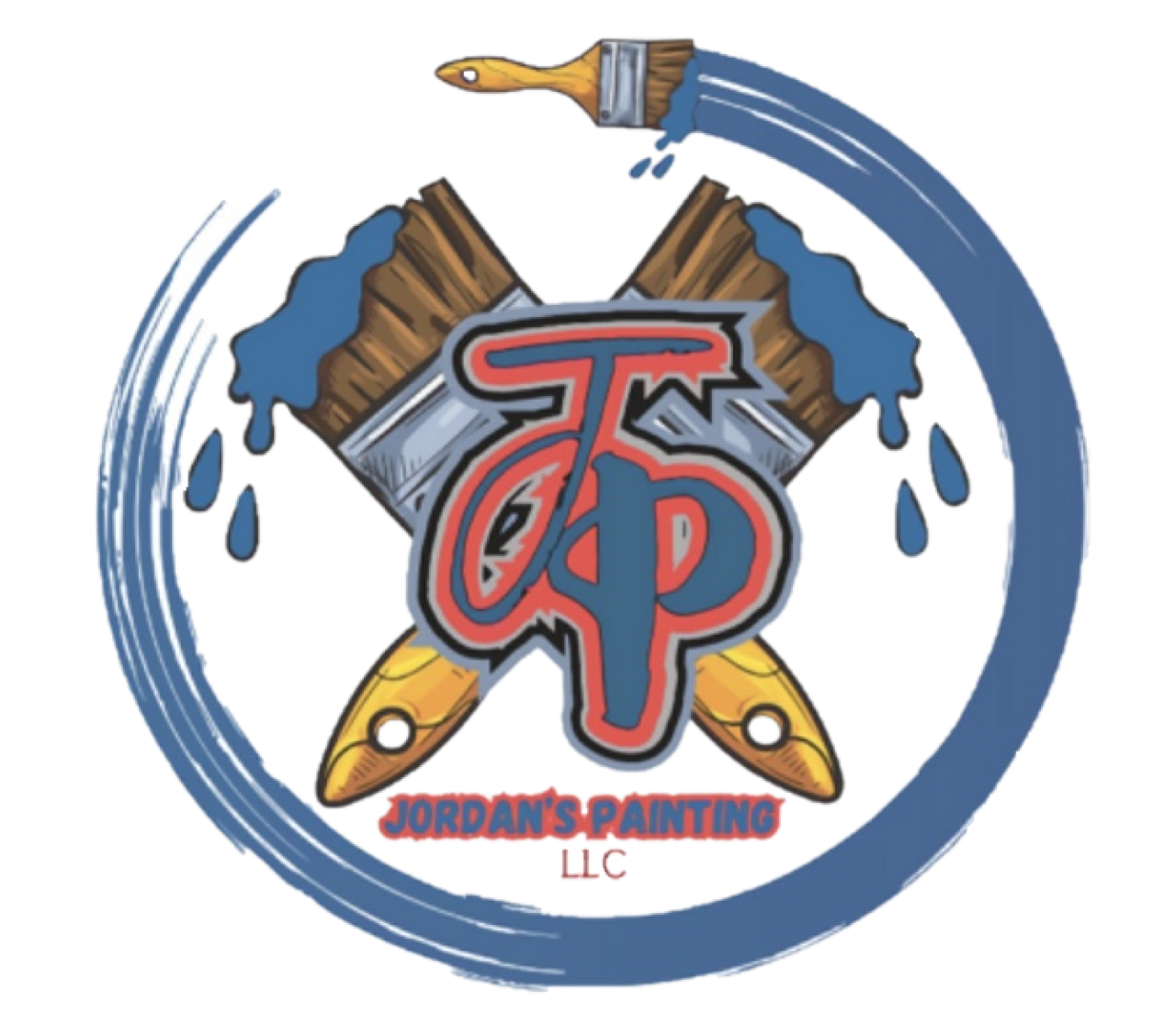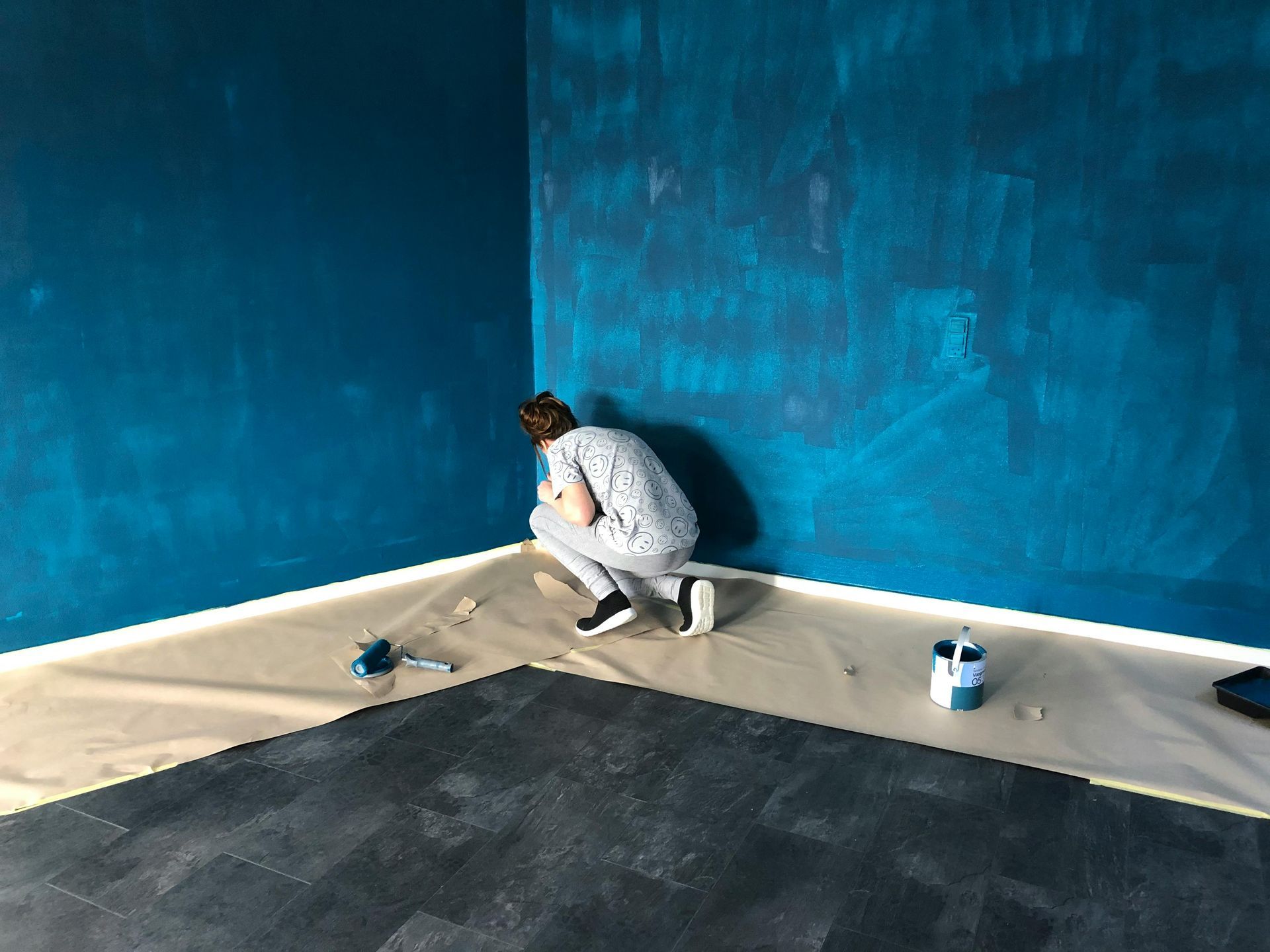Spring Home Maintenance Checklist

Spring Home Maintenance Checklist
As the winter chill gives way to the warmth of spring, it's time to shake off the cobwebs and give your home a thorough check-up. Spring is the perfect season to tackle maintenance tasks both inside and outside your home, ensuring that everything is in top condition for the months ahead. To help you get started, we've compiled a comprehensive spring home maintenance checklist.
Exterior Maintenance:
Inspect Roof and Gutters: Check for loose or damaged shingles and clear gutters of debris to prevent water damage.
Inspect Siding and Paint: Look for cracks, peeling paint, or signs of damage to your home's exterior. Repaint as needed and repair any damaged siding.
Clean Windows and Screens: Remove dirt and grime from windows and screens to improve visibility and airflow.
Check Outdoor Faucets and Hoses: Inspect outdoor faucets and hoses for leaks or damage, and replace washers or hoses as needed.
Trim Trees and Shrubs: Prune overgrown branches and shrubs to promote healthy growth and prevent damage to your home's exterior.
Inspect Driveway and Walkways: Repair cracks and uneven surfaces in your driveway and walkways to ensure safe passage.
Service Lawn Equipment: Tune up lawn mowers, trimmers, and other outdoor equipment to prepare for the growing season.
Interior Maintenance:
Inspect HVAC System: Change air filters, clean vents, and schedule a professional inspection and tune-up of your heating and cooling system.
Check Plumbing Fixtures: Inspect faucets, toilets, and pipes for leaks or drips, and repair or replace as needed.
Test Smoke and Carbon Monoxide Detectors: Ensure that smoke and carbon monoxide detectors are working properly and replace batteries.
Clean Dryer Vents: Remove lint buildup from dryer vents to prevent fire hazards and improve dryer efficiency.
Check Caulking and Seals: Inspect caulking around windows, doors, and bathtubs, and reapply or repair as needed to prevent drafts and water damage.
Inspect Attic and Basement: Look for signs of water damage, pests, or mold in your attic and basement, and address any issues promptly.
Deep Clean Carpets and Upholstery: Give your carpets and upholstery a thorough cleaning to remove dirt, dust, and allergens accumulated during the winter months.
Miscellaneous Tasks:
Schedule Pest Control Services: Prevent pests from invading your home by scheduling regular pest control treatments.
Clean and Organize Garage: Declutter your garage, sweep the floors, and organize tools and equipment for easy access.
Inspect Outdoor Lighting: Replace burnt-out bulbs and clean fixtures to ensure adequate lighting around your home.
Check Outdoor Furniture: Clean and inspect outdoor furniture for damage, and repair or replace as needed for springtime enjoyment.
Inspect Deck and Patio: Check for loose boards, rusted nails, or signs of rot on your deck or patio, and make repairs to ensure safety and longevity.
By following this spring home maintenance checklist, you can keep your home in top condition and address any issues before they become major problems. With a little effort and attention to detail, you can enjoy a comfortable and well-maintained home throughout the spring and beyond.



